Casablanca, the largest city in Morocco, is the country’s economic and business capital, blending modern urban life with historical charm. Unlike the ancient medinas of Fes or Marrakech, Casablanca is a vibrant metropolis filled with art deco architecture, contemporary skyscrapers, and a cosmopolitan lifestyle. The city’s crown jewel is the Hassan II Mosque, one of the largest mosques in the world, dramatically perched on the Atlantic coast and featuring a 210-meter-high minaret. Casablanca is also a cultural hub, known for its trendy restaurants, nightlife, and art galleries. While it may not have the same traditional feel as other Moroccan cities, it offers a unique insight into Morocco’s modern face, making it a vital stop for business travelers and curious explorers alike.
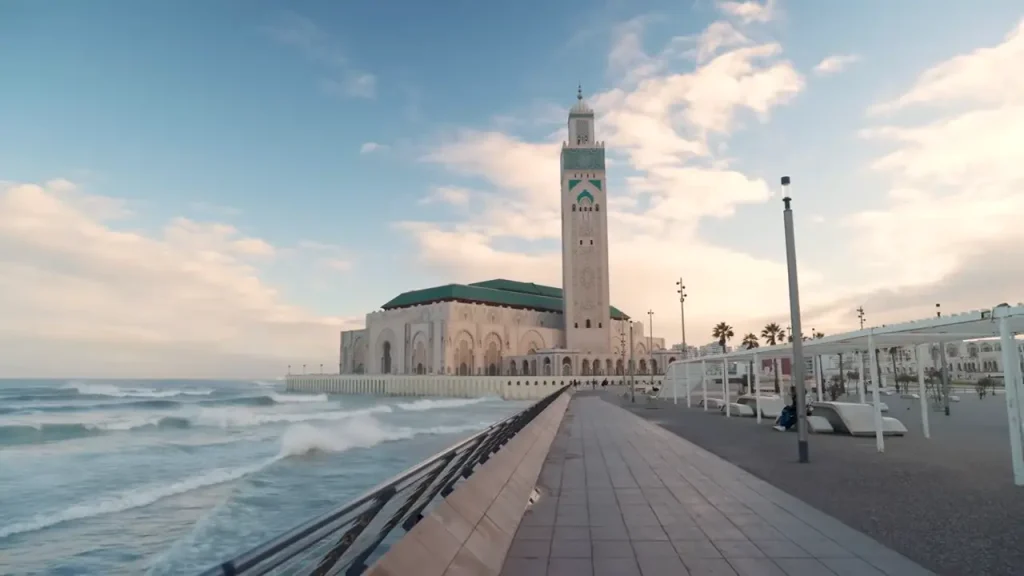
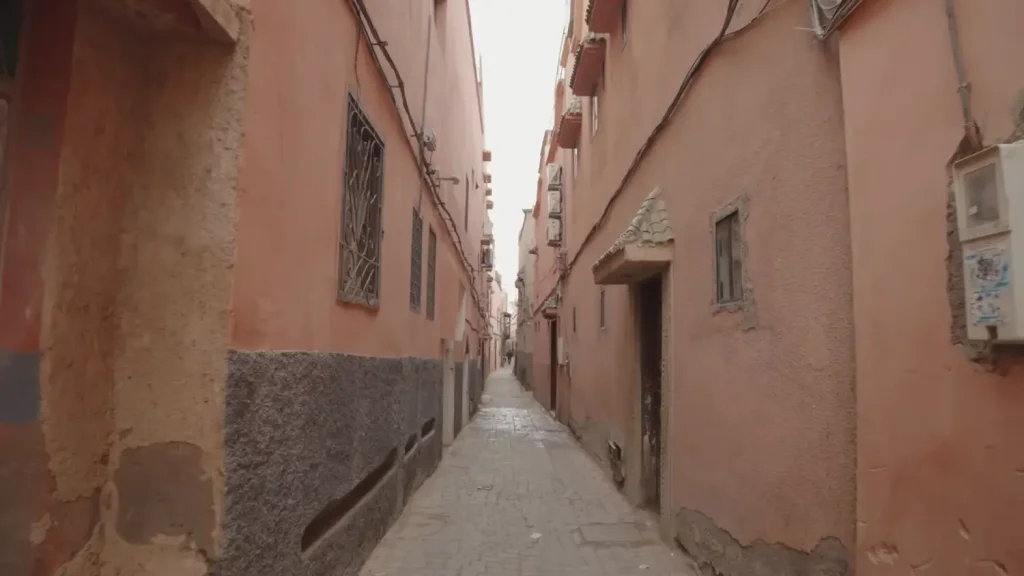
Marrakech is one of Morocco’s most iconic cities, known for its vibrant culture, stunning architecture, and bustling souks. Nicknamed “The Red City” due to the distinctive red sandstone used in its buildings, Marrakech is home to the world-famous Jemaa el-Fnaa square, where snake charmers, street food, and musicians create a sensory overload. The city boasts architectural marvels like the Koutoubia Mosque, Bahia Palace, and the serene Majorelle Garden, once owned by Yves Saint Laurent. Its ancient medina, a UNESCO World Heritage site, offers a deep dive into Moroccan life.
Fes (or Fez) is Morocco’s oldest imperial city and a spiritual center known for its deep-rooted history, religious scholarship, and artisanal heritage. The city’s medina, Fes el-Bali, is one of the world’s largest car-free urban zones and is also a UNESCO World Heritage Site. Visitors are drawn to the Al Quaraouiyine University—the oldest existing and continually operating university in the world—and the Chouara Tannery, where leather is dyed using ancient methods. Fes offers an authentic window into medieval Islamic civilization.
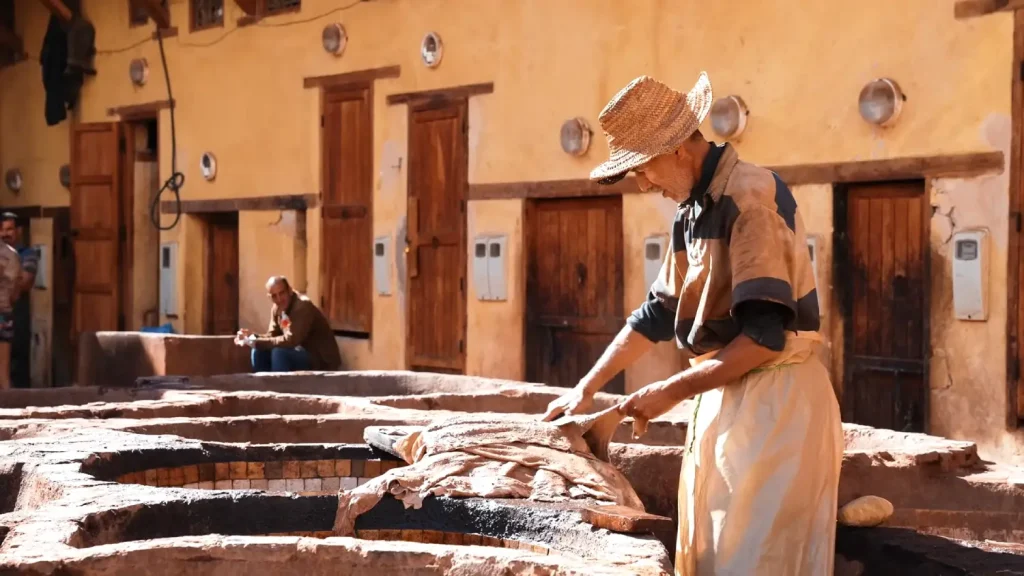
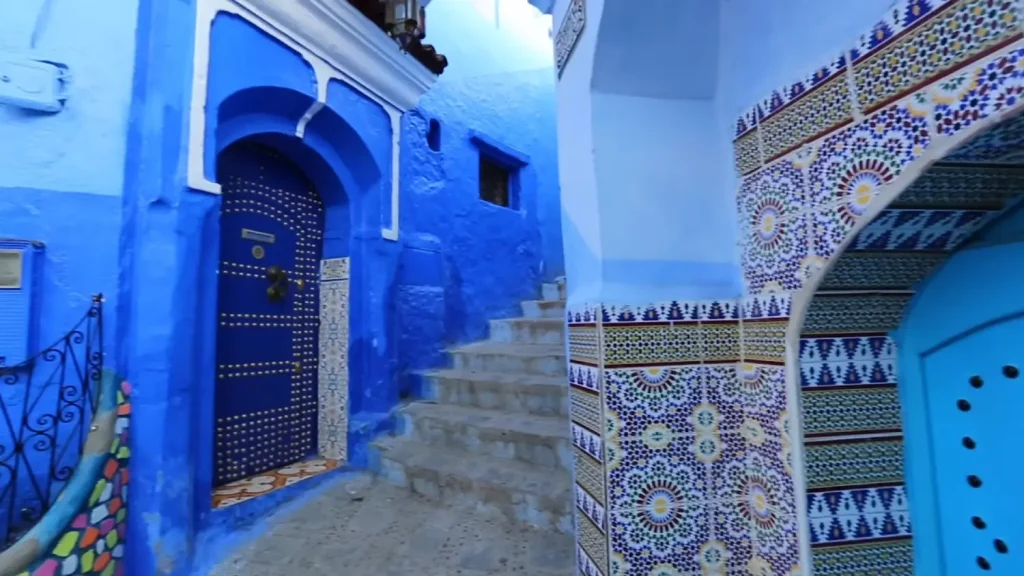
Nestled in the Rif Mountains, Chefchaouen is known globally for its striking blue-painted buildings, which create a dreamy, almost surreal atmosphere. The city is a haven for photographers and travelers seeking a peaceful retreat. Originally painted blue by Jewish settlers in the 15th century, the color is said to represent the sky and heaven. Chefchaouen offers a slower pace of life, charming local shops, and access to nearby hiking trails in Talassemtane National Park.
Essaouira is a laid-back coastal city famous for its windsurfing, seafood, and Portuguese-influenced architecture. The city’s medina is also a UNESCO World Heritage Site, with whitewashed walls, blue shutters, and narrow alleys. The harbor is lively with traditional wooden fishing boats, and the ramparts offer panoramic views of the Atlantic. Essaouira has also been featured in Game of Thrones and has a vibrant arts and music scene, including the annual Gnaoua World Music Festival.
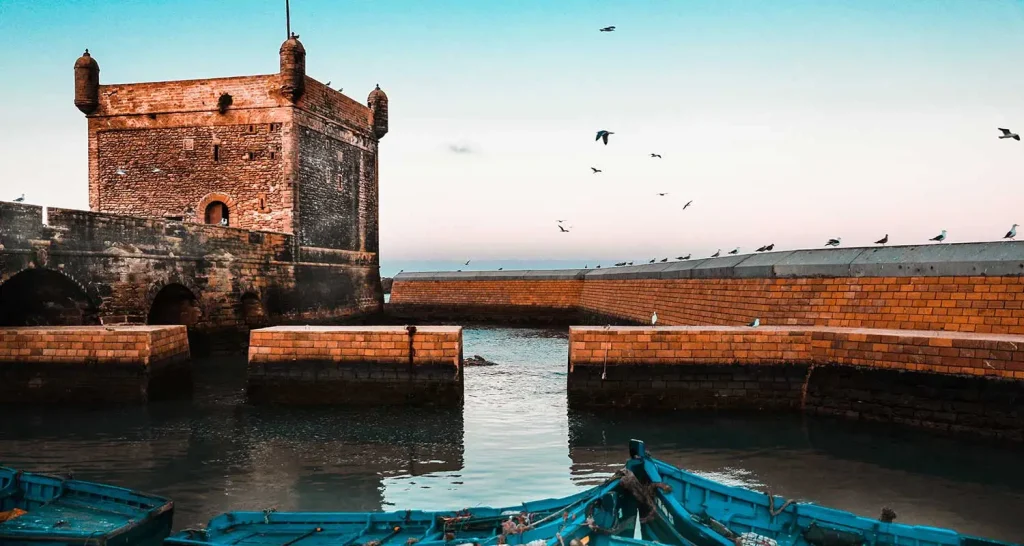
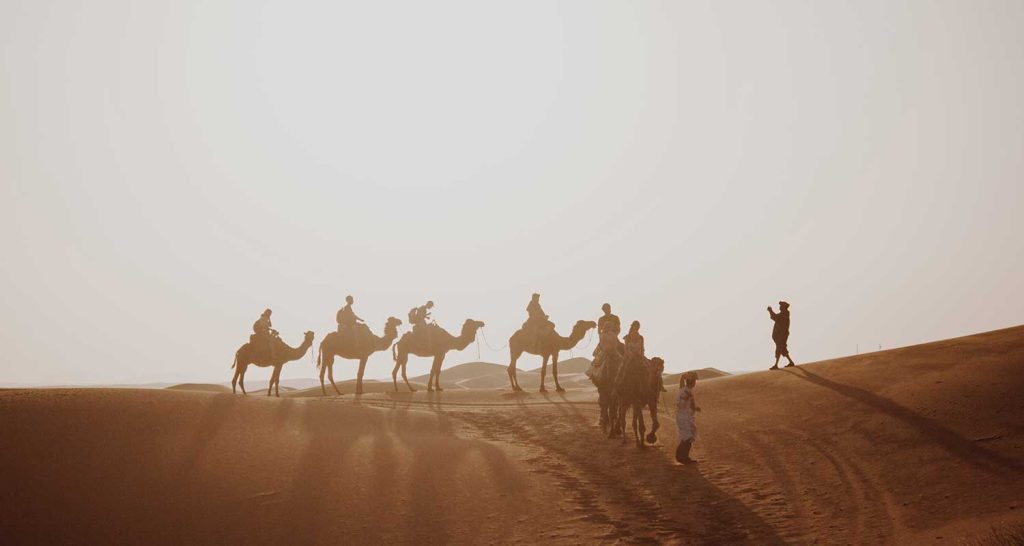
Merzouga is a small village in southeastern Morocco that serves as the main entry point to the Erg Chebbi sand dunes, some of the tallest in the Sahara Desert. Famous for camel treks, sandboarding, and luxury desert camps, Merzouga provides unforgettable desert sunsets and stargazing. It’s a prime spot to experience Berber culture, listen to Gnawa music, and witness nomadic life. Visitors often sleep in traditional tents and enjoy Moroccan tea under the stars.